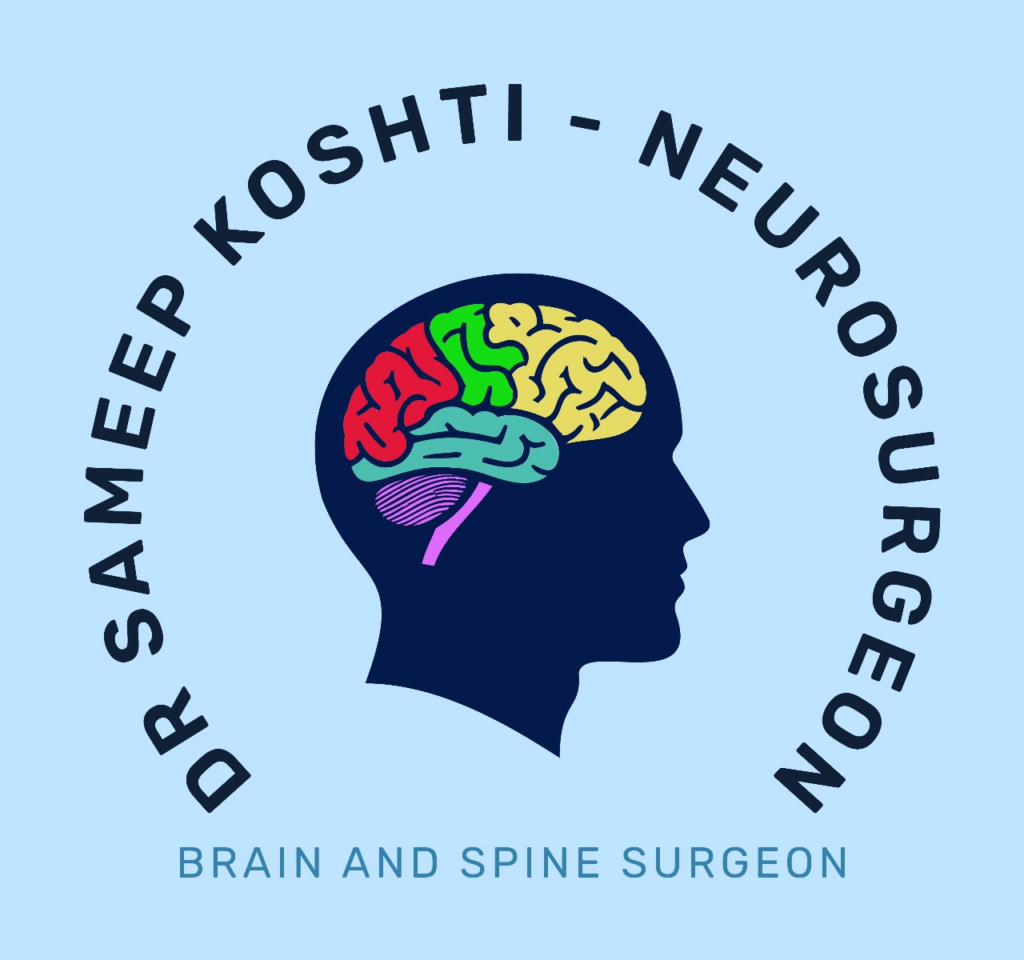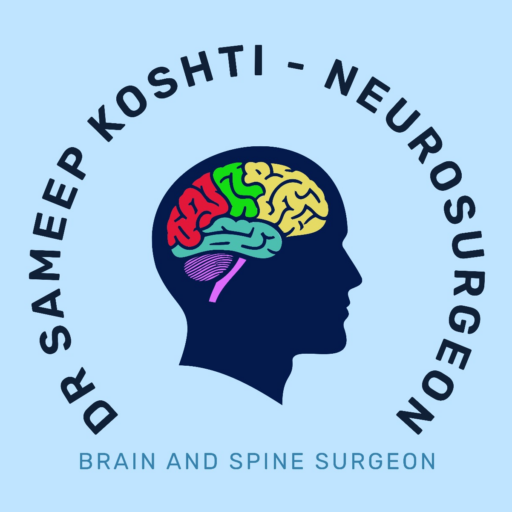A Transient Ischemic Attack (TIA) interrupts blood flow to the brain briefly. These episodes, often termed “mini-strokes,” signal possible danger ahead like future strokes. Unlike big strokes, TIAs do not cause permanent brain harm, yet they still matter.
TIAs happen in short spurts that can last just a few minutes. Their quick resolution, sometimes within 15 minutes, makes them tricky but important signals. Statistics highlight about 10-15% of people face a genuine stroke within three months of a TIA. This underlines why acting quickly with medical help is so crucial.
This blog aims to increase awareness about Transient Ischemic Attacks by explaining their signs, highlighting the need for prompt care, and suggesting preventative steps. By understanding how TIAs work, what causes them, and what they mean, readers can prepare better, potentially cutting the risk of future strokes and avoiding bigger health issues.
Understanding the Transient Ischemic Attack: A Closer Look

Temporary brain blood flow drops lead to symptoms like sudden confusion. Ischemic TIAs happen because of blockages caused by blood clots. These blockages interrupt oxygen supply briefly, often resolving quickly without intervention. TIAs are short-lived and usually don’t cause permanent brain damage.
While TIAs share similarities with strokes, symptoms last under 24 hours for TIAs. Strokes are longer, often resulting in lasting problems for those affected. TIAs serve as a warning sign rather than a full-on cardio event.
Every year, many Americans have TIAs, but some remain unnoticed due to quick recovery. Although TIAs are less common than strokes, they significantly raise stroke risk later on. Doctors use tools like ABCd2 to predict potential future strokes, weighing factors such as age and pressure.
Common Causes of Transient Ischemic Attacks
People often experience a transient ischemic attack due to sudden blood clots. These clots, usually small, block the blood flow briefly in brain arteries. Alongside this, fatty buildup inside artery walls can also shrink the passage for blood flow. Conditions like irregular heartbeats or heart valve issues can increase the risk of these clots forming. These factors combined contribute significantly to the chances of having a transient ischemic attack.
A transient mini-stroke is when an artery in your brain gets blocked temporarily. This stops the blood for a short while, but it soon returns to its normal course. The interruption usually doesn’t last more than several minutes at most. Though brief, they indicate that there could be trouble with the vessels or overall blood flow. Despite being short-lived, these incidents are important signs that one cannot afford to ignore.
Once the blockage clears up, the blood circulates normally again in your brain. This natural and quick recovery is what distinguishes transient ischemic attacks from full-blown strokes. Strokes often cause longer-lasting issues and may even require medical help to get resolved. Even though things seem normal after a mini-stroke, seeing a doctor is essential to ensure your health remains stable.
How to Recognize TIA Symptoms: The Key Warning Signs
Recognizing the signs of a mini stroke is crucial for taking urgent action. Look out for sudden weakness in muscles, especially on one side of the body. You may notice drooping in a limb or even the face, which can be telling. Speech can change suddenly, where words become jumbled or hard to understand.
In the case of a TIA, using the ‘FAST’ approach can make a real difference:
- Face: Check if a smile is uneven or if one side is drooped.
- Arms: See if one arm feels weak or won’t stay up like the other.
- Speech: Listen for slurred speech or trouble speaking directly.
- Time: Getting medical help quickly can save lives—note when symptoms began.
Even if TIA symptoms disappear on their own, not acting could pose great risks. Quick medical help can prevent these episodes from leading to bigger problems. It’s key to get a check-up to figure out what is happening underneath.
Brushing off transient ischemic symptoms might lead to serious troubles later. Ignoring symptoms increases the risk of a worse stroke, which brings far greater challenges. Taking any signs seriously helps in protecting one’s health and future well-being.
Exploring the Risk Factors Associated with TIA
Transient ischemic attack (TIA) is like a warning stroke that passes. High blood pressure and age are key factors that increase risk. Over time, high blood pressure can harm blood vessels and lead to blockages. As people get older, there’s a higher chance of those problems.
Certain health issues make some people more likely to have a TIA. Diabetes can damage blood vessels and lead to clots forming, raising risk levels. Heart problems, like irregular heartbeats, can also cause pooling and clotting in the blood.
How a person lives affects their chances of having a TIA greatly. Smoking hurts arteries and boosts clot formation. Not exercising and eating unhealthy meals high in fats worsen blood pressure problems, increasing TIA risk.
Different groups have different risks when it comes to experiencing TIAs. Those from African American backgrounds often face higher occurrences due to common health conditions like diabetes. Women after 55 are more at risk partly due to hormonal shifts impacting heart health.
Diagnosing TIAs: The Medical Procedure
When someone shows signs of a transient ischemic attack, quick medical help is key. The doctors first look at symptoms and history and do an exam. Hospital teams hurry to figure out if it’s a TIA or actual stroke.
After these steps, imaging tests are crucial for spotting a transient ischemic attack. Both CT scans and MRIs check the brain for any strokes, past or present. Ultrasounds also play a part by assessing artery health and blood flow issues.
Accurately diagnosing a transient ischemic attack is crucial to ward off worse conditions. Medical teams must identify what issue mirrors TIA symptoms, fast. Delayed or missed diagnoses can lead to serious problems like strokes.
Those suspected of having a transient ischemic attack face a speedy emergency room encounter. Medical staff swiftly enact a FAST check on the patient’s face, arms, and speech, wasting no time. Professionals calm patient worries while moving quickly during tests.
Exploring Treatment Options for Preventing Full Strokes
Experiencing a transient ischemic attack makes preventing strokes important. Immediate steps include taking medications, like antiplatelets, to stop blood clots. Doctors might also prescribe anticoagulants for patients with certain risks.
Medications commonly given after a TIA include aspirin and clopidogrel. Antiplatelets thin the blood to lower clot risks. Those with conditions like atrial fibrillation may need anticoagulants. Drugs like warfarin can prevent new clots from forming in the bloodstream.
When medications don’t work well enough, more steps might be needed. Surgery might be an option for those with severe blockages in their arteries. Surgeries such as carotid endarterectomy or stenting can provide significant risk reduction. These procedures help prevent future strokes in people at high risk.
Managing health issues that caused a TIA is important too. High blood pressure and diabetes often play roles in causing these attacks. Adopting lifestyle changes and adjusting medications are essential steps. Proper control of these issues prevents more attacks, keeping your heart healthier.
Preventing Transient Ischemic Attacks: Lifestyle and Medical Strategies
Managing blood pressure effectively helps in avoiding transient ischemic attacks. Monitor all readings, take your medicines, and watch your habits. Eating less salt and working out regularly improve your heart health too.
Adopting a healthy lifestyle is key to lowering attack risks. Fill your diet with fruits, veggies, and lean meat for better health. Regular workouts like dancing or biking help keep your weight in check. Managing stress through yoga or deep breathing keeps your mind sound and worry-free.
Following doctors’ instructions for medications is crucial after having an attack. Taking your prescribed pills can stop clots from forming. Regular doctor visits confirm that everything’s fine and manage any unwanted effects promptly.
Check-ups and seeing your doctor regularly can catch problems early. Having regular medical appointments ensures potential risks get managed on time. Keep a close eye on blood pressure, cholesterol, and heart checks for successful care plans.
Life Post-TIA: Steps Toward Recovery and Future Wellness
Experiencing a transient ischemic attack makes you rethink your health priorities. Follow-up visits with your doctor are very important after this event. Regular checks make sure your blood pressure, cholesterol, and heart stay within safe limits. This careful approach greatly cuts the risk of having another episode.
After a mini stroke, you might worry more about your health than before. Feeling anxious or stressed is a normal response to this situation. Talking with a counselor or joining a support group can be helpful. It allows you to manage the feelings that come with a transient ischemic attack.
Work together with medical professionals to build your recovery plan. This plan should focus on a balanced diet and regular exercise routines. You may also need medications to handle conditions like high blood pressure or diabetes. A personalized plan helps lower the chance of a future TIA.
Changing some habits after an ischemic mini stroke is very important for recovery. Quitting smoking and staying active each day are key steps to take. Be watchful for any TIA symptoms and visit a doctor without delay if they come back again. It’s always better to be careful in these situations.
Don’t ignore the warning signs of a mini-stroke! Early diagnosis and prompt treatment of Transient Ischemic Attacks can significantly reduce your risk of a full stroke. Consult Dr. Sameep Kosthi today for expert evaluation, personalized care plans, and the latest preventive treatments. Take control of your brain health—schedule your consultation now and pr



